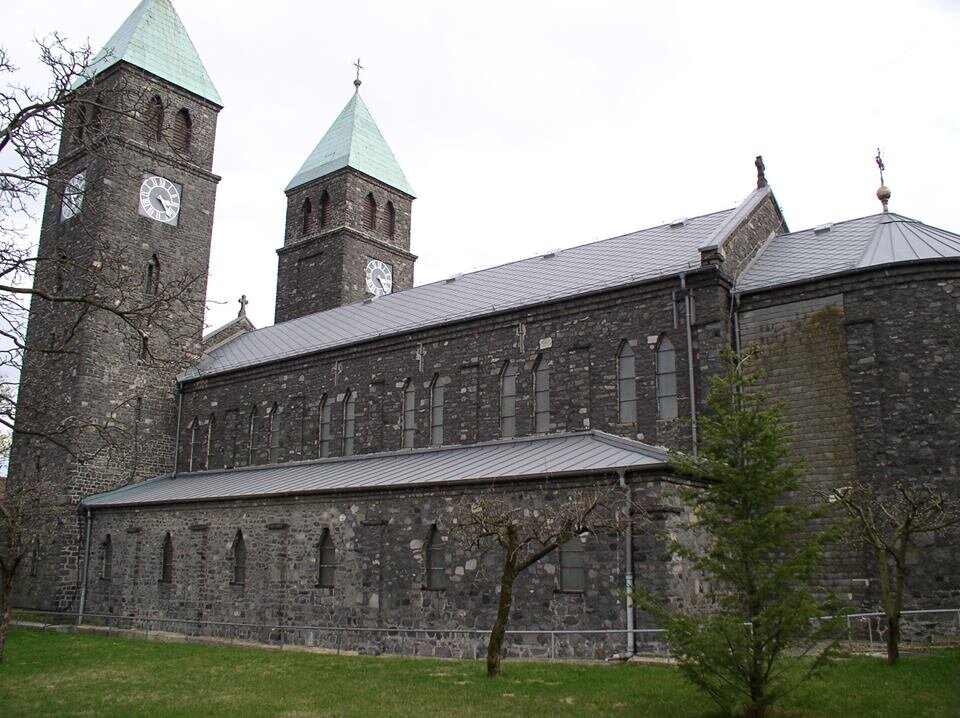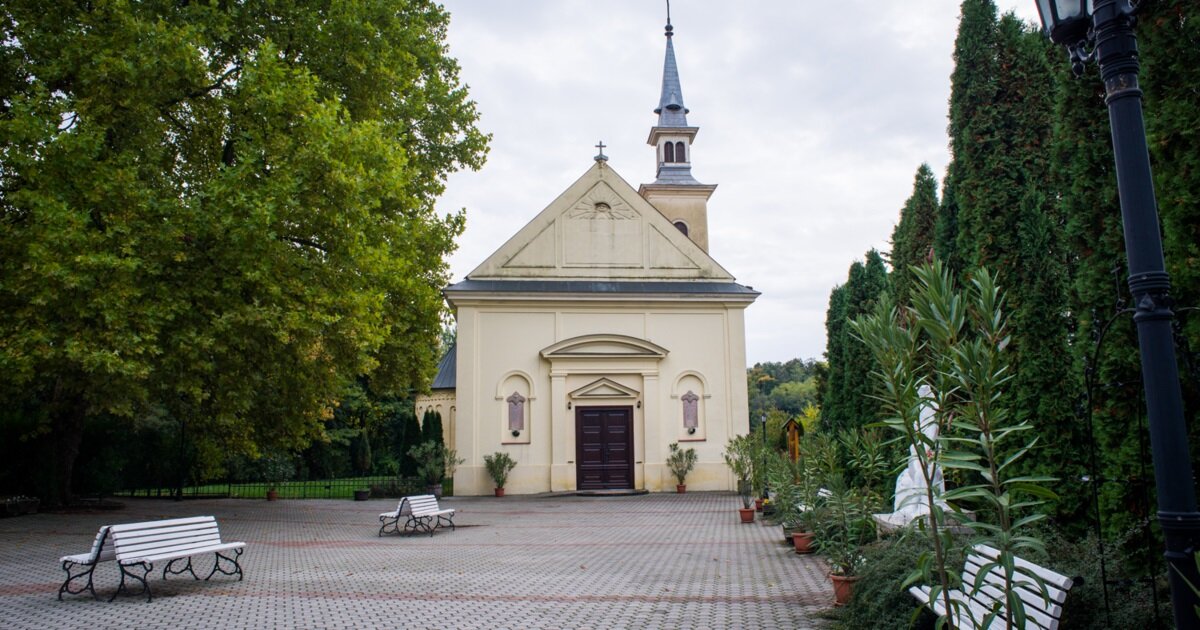2/7
Saint Michael's Basilica, Veszprém
The basilica at Veszprém is one of Hungary’s oldest churches. The original Romanesque structure, erected during the reign of Saint Stephen, was completely destroyed by a fire in the late Middle Ages and the rebuilt Gothic church was then destroyed by the Turks. The next Baroque church was renovated in a Romanesque Revival style in the early 20th century. The crypt is definitely worth a visit, as it was part of the original Gothic structure. The arm bone of Stephen's wife, Queen Gisela, is on display on the left side of the altar.
3/7
Round Church, Balatonfüred
There are so many iconic and old churches in Balatonfüred, it’s hard to highlight just one. One of the best-known is the Round Church, a small chapel located in Blaha Lujza utca. Built in 1840, this Classicist church is reminiscent of Rome’s Pantheon. A memorial plaque on its wall commemorates those who fled Communism.
4/7
Tihany Abbey
This Benedictine monastery and church are among the most important religious buildings in Hungary. Its foundation charter dated 1055 provides the oldest written words in the Hungarian language. It was often used as a fortress and, following a fire, it had to be rebuilt and was not completed until the 18th century. The only remaining medieval section is the crypt, containing the grave of 11th-century monarch Andrew I. Monks still live in the monastery to this day.
5/7
Sümeg Parish Church
There are plenty of Baroque churches in Hungary, rebuilt after the Ottoman era in the leading style of the 1700s. What makes this one, consecrated in 1759, particularly impressive is its interior, dominated by a monumental fresco by Anton Maulbertsch.
7/7
Szent Jakab Church, Lengyeltóti
Little is known about the history of this church but it is presumed that it was built in the 1100s and used by monks. The original Romanesque layout is hardly visible due to multiple reconstructions but the walls created in various styles certainly have a story to tell.











